Light & Energy Roundup
Engineers demonstrate a new way to harvest the wasted energy of an incandescent light bulb.

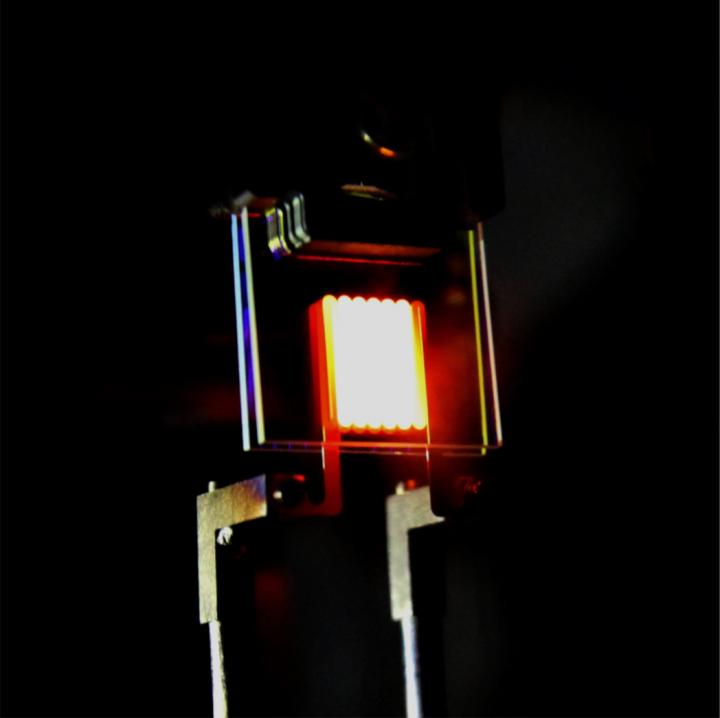
Engineers demonstrate a new way to harvest the wasted energy of an incandescent light bulb.
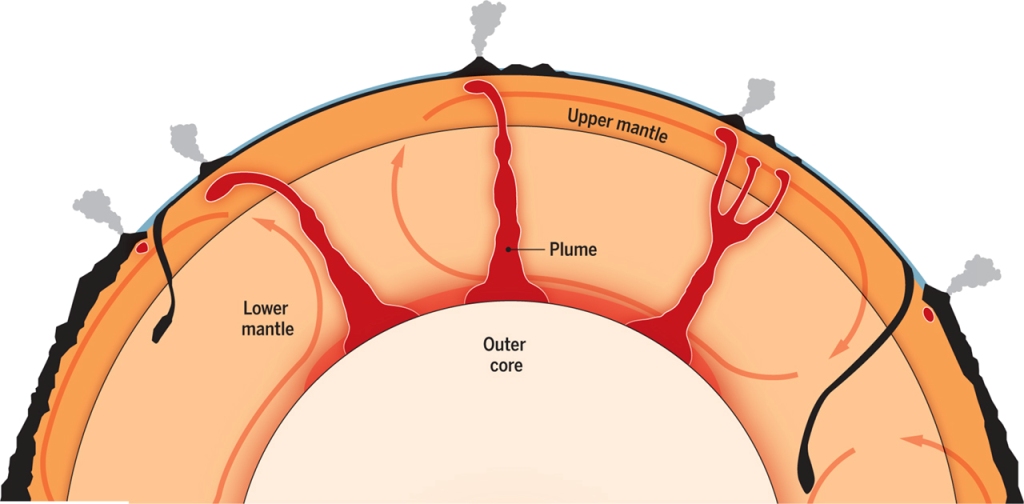
Science Breakthroughs of 2015: Seismic imaging reveals the existence of plumes of hot rock reaching deep into Earth’s mantle.

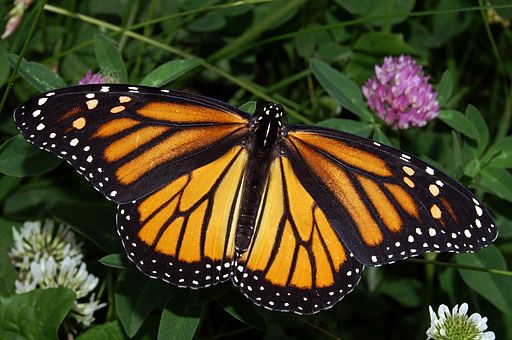
Monarch butterflies use the Earth’s magnetic field to guide their migration.
Our bodies produce a surprising amount of heat, which could be turned into electricity.
Engineers are designing more efficient cooling systems inspired by physical processes in nature.

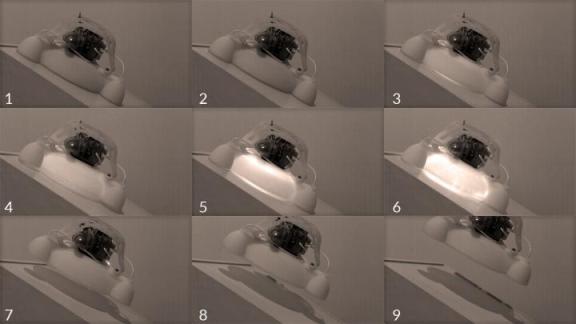
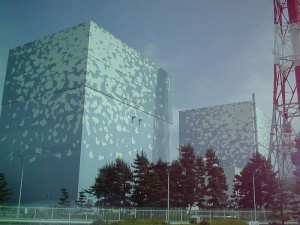

Physicists decipher ancient scrolls that were burned and buried by the eruption of Mount Vesuvius 2,000 years ago.

The world’s champion high-altitude migratory bird uses a unique “roller-coaster” flight strategy to save energy,
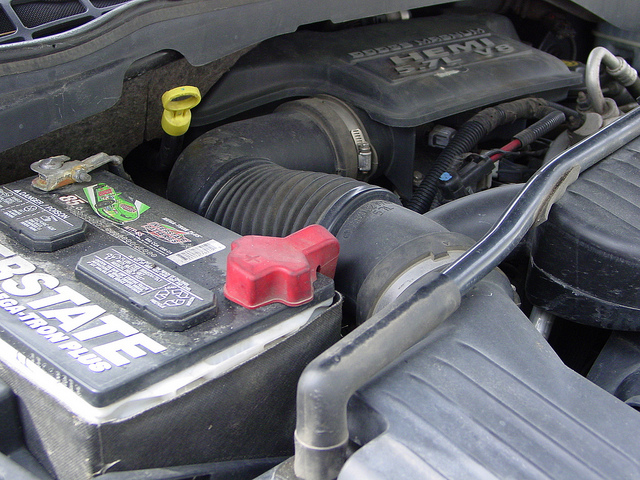
Engineers are creating highly efficient solar cells from recycled lead-acid car batteries.
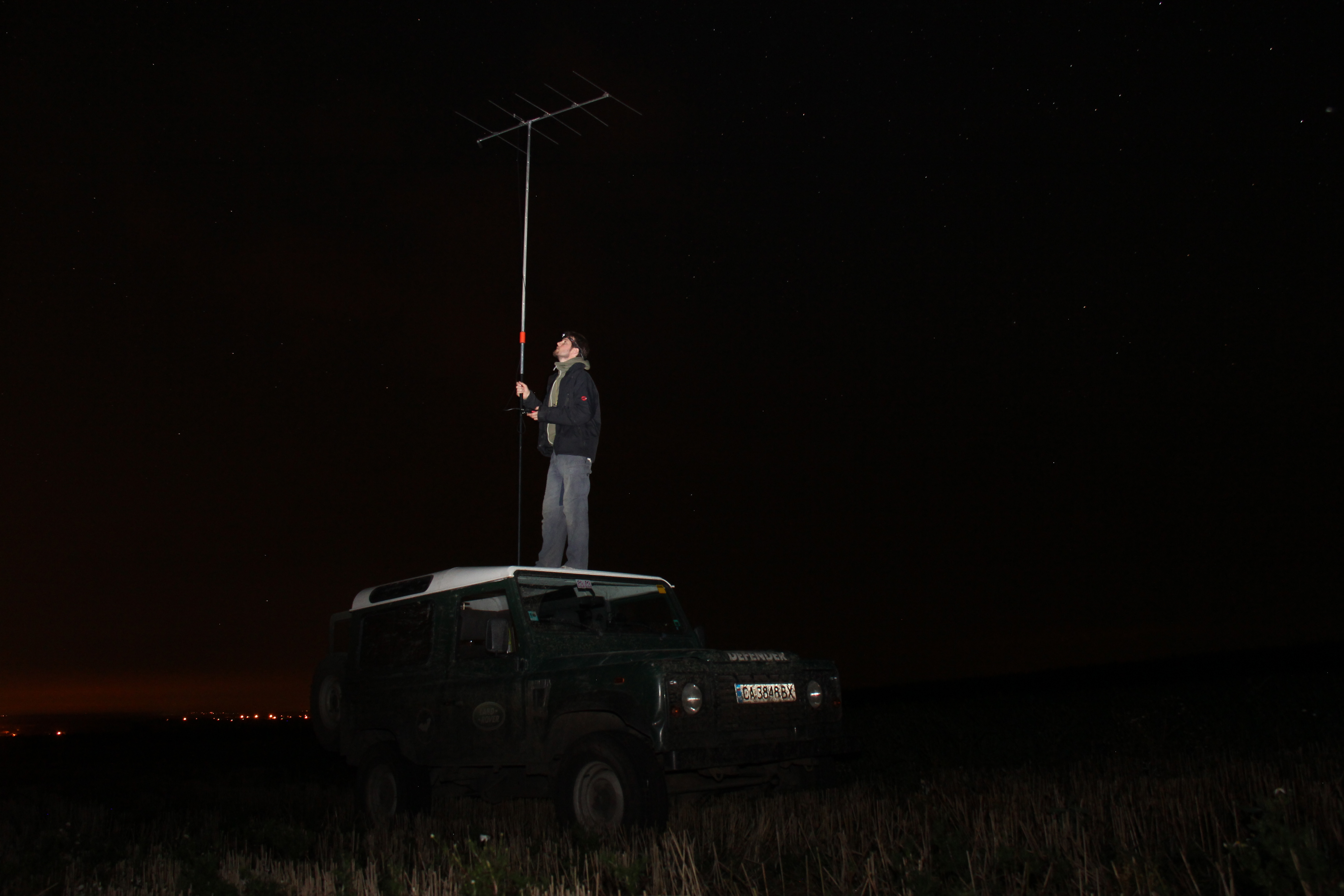

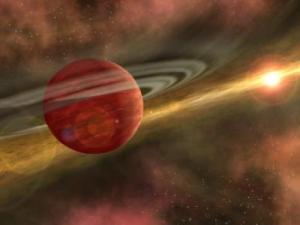
An enormous planet, orbiting a star at a tremendous distance, challenges theories of planet formation.
If metal isn’t supposed to go in microwave ovens, why do some of them have metal racks?
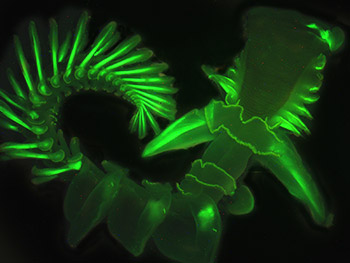
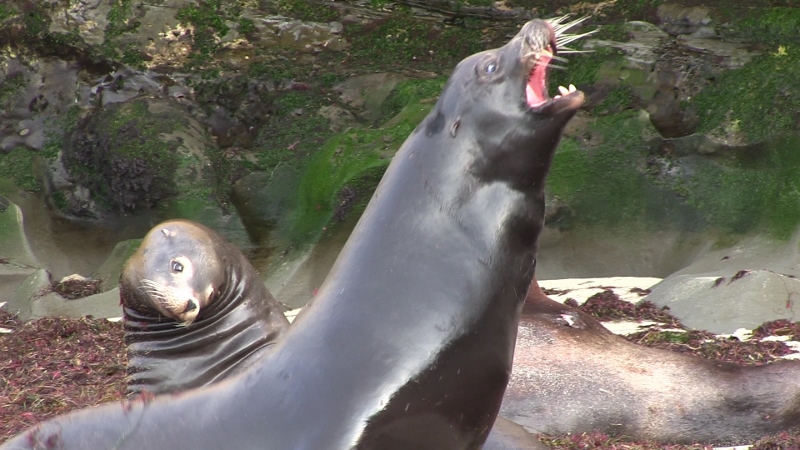
Underwater explosions scare sea lions away from commercial fishing operations. But the noise could be impacting whales and dolphins.

If metal isn't supposed to go in microwave ovens, why do some of them have metal racks?

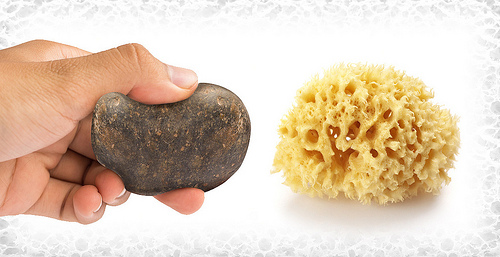
Under the right conditions, a material can actually expand and become less dense under pressure.

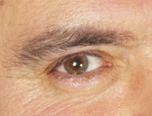
Our eyes’ ability to detect color deteriorates with age, but our brains compensate.
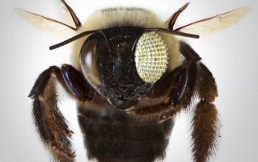
VISION SCIENCE - A camera modeled after the compound eyes of insects. How the brain compensates for worsening color vision as we age. And, could electrical simulation to the brain improve math performance? Also: Young people are still flocking to tanning booths, despite the risk of developing life-threatening melanoma.
